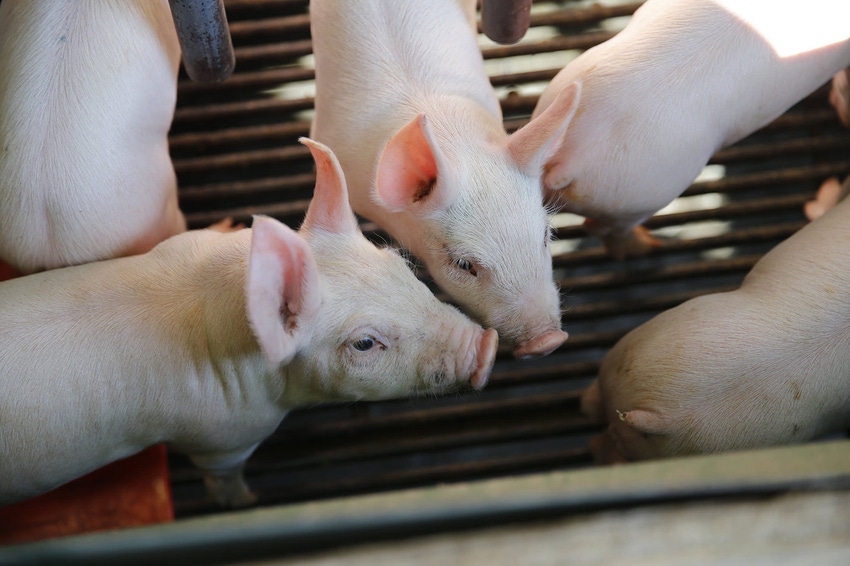Set your pigs up for success, start developing the gut
Eisenhart says producers should question whether the nutritional needs of their pigs are being met in the first 10 days of life.
December 26, 2018

Source: Tonisity
Moving pigs from birth to market is not without its complications. Farrowing, weaning, transport and disease challenges all can create obstacles to helping pigs achieve and maintain optimal health. While producers do what they can to mitigate these challenges, there’s an area where farms can start being proactive now to curb impact, and it begins in the gut of the baby pig.
Feeding the intestine early
Farrowing is often thought of as the end of development, but it’s only the beginning. During the first 10 days of a pig’s life, the intestinal tract doubles and develops villi lined with enterocytes, or absorptive cells. The villi and enterocytes create more surface area in the intestine and play an important role in how well nutrients like amino acids, glucose, vitamins and minerals are absorbed into the bloodstream. That makes this 10-day development window critical to the pig’s long-term health.
Industry nutrition consultant Steve Pollmann, PhD, reinforces the importance of this development window. “When we develop the gut early for nutrient intake, we set pigs up for long-term benefits: stronger immune system, heavier weaning weights, faster growth through finishing,” says Pollmann. “But, it’s a tight window to get the gut properly developed.”
Nicholas Gabler, PhD, agrees. An Iowa State University swine nutrition specialist, Gabler focuses on fundamental swine nutrition, metabolism and physiology. He says that by providing nutritional support to the intestinal epithelium – the single cell layer lining the intestinal wall – producers can help the pig facilitate efficient and effective nutrient digestion and absorption.
“Once we’ve provided ample developmental support, then we’ll see that optimal nutrient uptake that leads to lean tissue growth,” says Gabler.
Turning challenges into opportunities
The swine industry today continues to see growth in litter size. While this provides an opportunity to wean more pigs, it can also create a challenge of providing enough nutrition for each piglet.
According to PigChamp Benchmarking statistics for the second quarter of 2018, on average there are 12.96 pigs born alive per litter and 11.30 pigs per litter are weaned. That’s an opportunity to wean an additional 1.66 pigs per litter.
“We need to ensure the right nutrition is present through the first 10 days of life, and recognize that with today’s larger litters, supplementation has a role to play,” says Mark Eisenhart, DVM, Tonisity technical services veterinarian.
Eisenhart reiterates that nothing can replace the importance of sow’s milk and the colostrum it provides at birth and in the first 24 hours.
“Sow’s milk is invaluable; that’s a non-negotiable. But if we can start supplementing that milk intake on Day 2 of life – and provide a product that piglets actually respond to, actually look for and one that helps their intestinal system develop to maximize nutrient absorption – we’re equipping that animal for success.” says Eisenhart.
Eisenhart says producers should question whether the nutritional needs of their pigs are being met in the first 10 days of life. Understanding the critical role of early gut development can mean the difference to short- and long-term success – for both the pig and profitability.
You May Also Like



